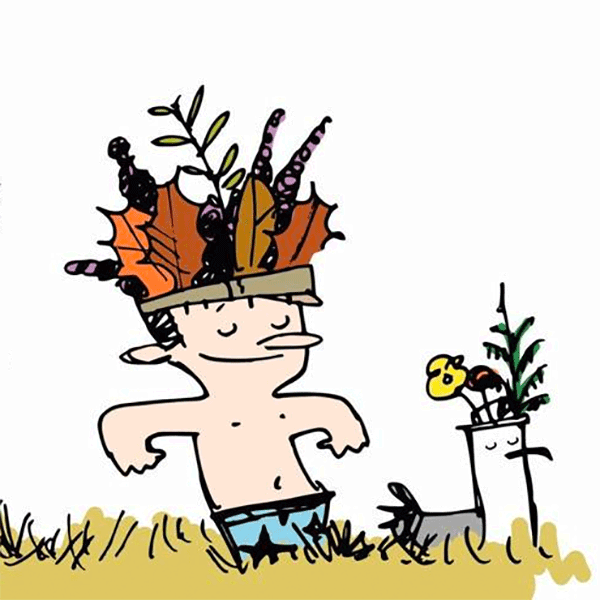Health Advice
/Health
How to Prevent Your First Stroke (Which Might Also Be Your Last)
More than 600,000 Americans suffer their first stroke each year, but up to 80% of those strokes may be preventable through treating hypertension, elevated cholesterol, high blood sugar and obesity.
The American Stroke Association just added three new recommendations for prevention:
1. Consider taking a GLP-1 drug (Ozempic, Wegovy and others)...Read more
Bats, Bugs and Babies
Bats are a natural pesticide. A single bat can eat between 6,000 and 8,000 insects in a night, depending on species and feeding habits. Since 2006, many bat populations in the U.S. have collapsed due to an invasive fungus found in caves they use.
As a result, farmers in affected areas have increased their use of pesticides with one unforeseen...Read more
Being a Gut Dad
Your microbiome is the collection of all the microbes (bacteria, viruses, fungi, etc.) that live on and in you. It profoundly affects your health and, studies increasingly show, the health of your children.
Past research in mice has found that maternal gut bacteria play a role in offspring behavior and placental growth during pregnancy. Now ...Read more
Not Gut for You
ATTENTION! There is Language in the 25th Paragraph That Some Readers May Find Offensive. Thank You For Your Attention.
In 2018, the Centers for Disease Control and Prevention warned that in seven states, the adult obesity rate was 35% or higher. Six years later, it's now 23 states, plus Guam and Puerto Rico, with obesity rates of 35% ...Read more
Chip Off the Old Brain
The futuristic notion of a brain-computer interface just got one step closer.
Synchron, a neurotechnology startup, reports that implanting its Stentrode device, which allows users to control personal devices using their thoughts, in six patients with neurodegenerative diseases did not produce dangerous side effects.
A few participants ...Read more
Healthy Salaries
If you're on a med for high blood pressure, paid for by insurance, take one now.
It should come as no surprise that the CEOs and leaders of health care companies are well compensated. (They probably don't even have to do the copay.) In 2023, the median industry CEO salary was $4.1 million. That means half of CEOs made more, half made less. ...Read more
Liver and Let's Go
Metabolic dysfunction-associated steatohepatitis is a kind of chronic liver inflammation and scarring caused by excessive fat cells in the organ. It is quite common -- approximately 22 million Americans have it. Untreated, it can progress to liver cancer and organ failure.
As with diabetes, intensive lifestyle and diet interventions are the ...Read more
COVID-19 Lockdown and Teens
The extended lockdown during the COVID-19 pandemic resulted in significant adverse mental health effects for teens who necessarily attended school remotely for months or even years. It may have also physically affected their brains.
Researchers conducting a longitudinal study of teens found that the brains of teen girls aged 4.2 years more ...Read more
Bigger Belly But Better
Belly fat is not good. It can increase the risk of many health issues, such as heart disease, diabetes, cancer, stroke, high blood pressure, sleep apnea, dementia, metabolic disorders, kidney problems and joint and back pain.
But it turns out that maybe not all belly fat is equally bad. Researchers studied belly fat from people who had a long...Read more
Not Just Antibody
As part of a study on hybrid immunity to SARS-CoV-2, University of Texas at Austin researchers say they've discovered and isolated a broadly neutralizing plasma antibody, called SC27, from a single patient.
The researchers obtained its exact molecular sequence, opening the possibility of manufacturing it on a larger scale for future ...Read more
Alzheimer's Drug Downer
People with Down syndrome have the highest prevalence for developing Alzheimer's disease. Roughly 30% are diagnosed with the neurological condition by their 50s. They have over a 90% chance of developing dementia from Alzheimer's in their lifetime.
Landmark Food and Drug Administration approval of anti-amyloid drugs like lecanemab and ...Read more
Don't Leave These Muscles Behind
Your gluteus maximus muscles are among the body's strongest, but (there has to be a "butt") like the rest of you, they need care and maintenance. Long days of sitting at desks, on couches or in cars can wreak havoc, particularly in the form of a condition called gluteal amnesia.
Otherwise known as "dead butt syndrome."
DBS occurs when your ...Read more
It's Tough to Be an American Woman
Women in the United States have worse health care access and outcomes than their peers in 13 other high-income countries, such as Australia, Japan, Canada and South Korea.
For example, according to STAT:
Women in the U.S. have the lowest life expectancy and the highest rate of avoidable deaths. If prevention measures had been in place or the...Read more








